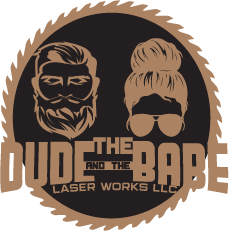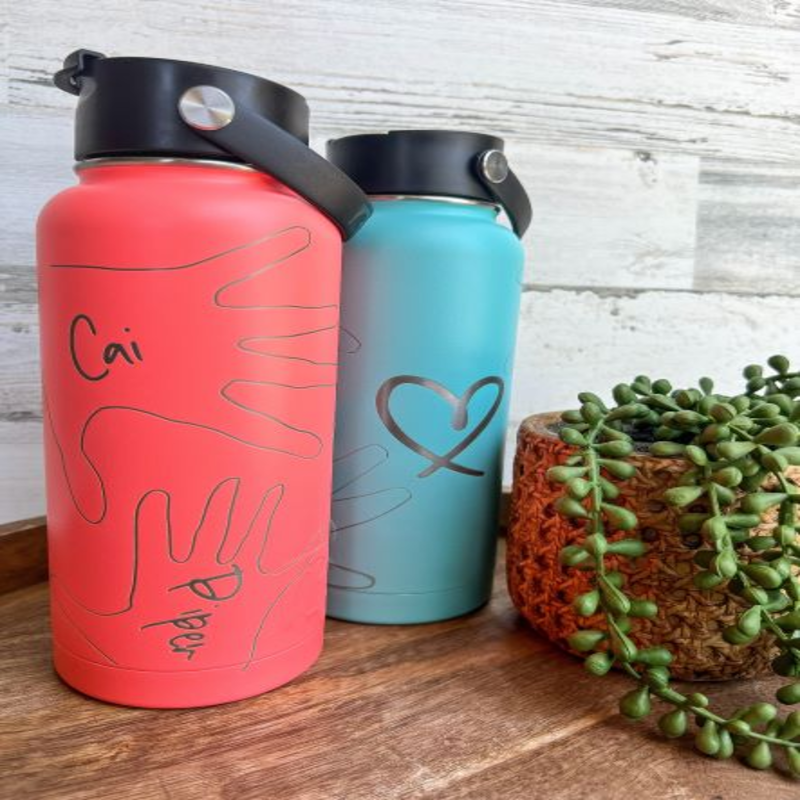Before you throw away your disposable water bottles, let your child use them for this creative printing activity.
We all tend to collect a lot of empty plastic beverage bottles, and this print project is a great way to put them to good use, particularly during the warmer months. Who knew these ordinary containers could be transformed into rollable printing equipment for your kid to make lovely patterned papers?
GETTING STARTED: CUTTING OUT FOAM SHAPES
To begin, give your kid some sticky-back foam and instruct them to cut out patterns and shapes to stick all over the circular sides of a clean plastic bottle. (If working on this with kids, it’s probably best to perform the actual cutting out yourself.) Bottles of 1-liter capacity, especially those made of transparent and smooth plastic, are ideal for making handprint water bottles. Kids may be creative with any bottles you have on hand; many beverage containers include printed artwork or patterns on the sides. The lack of foam means that even young children may utilize these bottles.
Remind your child to roll the cylinder with the cap on. If you fail to put the lid on the bottle, your child may crush it while moving.
PREPPING THE FOAM SHAPES & BACKGROUND PAPER
Your child should only use one layer of foam on each bottle. If you stick several layers of foam on each other, it will be hard to see any details. Have the kids draw different shapes and patterns on their bottles using only one layer of paint. Some designs will look different when they are printed, but that’s part of the fun!
Folia paper was used as the background paper when we did this project with kids in the Studio. It is about the same thickness as a sheet of tracing paper and is sold in packs in various vibrant colors. Before starting the project, mom and dad should cut the paper in half, making it about 12″ x 18″. This site is easier for kids to use at the table and move to the drying area. However, it still has a nice big working space. For this activity, you can use any paper that can be painted on. Use what you have on hand.
PAINT TRAYS SET-UP
Wrap the tables with vinyl or plastic tablecloths to make cleaning simpler. Handprint water bottles may use one or more colors. Put a thick layer of washable tempera paint on foam trays that are big enough for kids to roll the bottles in color on their own. Along with the bottles, we sometimes include hand-made stamps that can be used to add more details to the papers.
GETTING ROLLIN’
Give each child a different color of paint if you’re conducting this activity in a school. Their paint bottles will stay in that paint tray, but they can switch between the bottles and colors. So, everyone’s papers will have a variety of colors and marks. We also let the kids decide what colors of Folia paper they want to use. During our 45- to 60-minute sessions, each child has time to make a few papers.
Once the kids have rolled their bottles in the paint to cover as many foamy forms as possible, they may transfer the tempera paint to their paper by rolling the bottle over the surface like a rolling pin. So that kids can move the bottles without getting paint all over their hands, the top and bottom of the bottle should not be painted.
For handprint water bottles, kids will probably get paint on their hands and clothes, so have them wear smocks and work near a sink to make cleanup easy.
STEPS SUMMARY
I always show the kids how to do everything before we start so that they can do it on their own:
Your child should pick out a piece of paper (if you have many kids doing this activity, have each of them write her name on the paper).
At the paint station, your child should roll the bottle in the paint.
Then, the kids should bring the bottle to the table and roll it on the paper. Bring the bottle back to the paint trays when they’re done.
Next, kids should take their papers over to the drying rack or clothesline.
Return to step 1. At first, kids usually have many questions, but once they roll the paper, they immediately understand the method.
We’ve shown kids ages 5.5 to 11 how to make handprint water bottles. For younger children, an adult or older child will need to help them more hands-on.
Let the kids hang the papers on a clothesline in the sun to dry. The paint will dry faster than if it were just on a table or rack. When the first layer of paint is parched, kids can roll on a second or third layer without the colors mixing. When there is more than one pattern on a piece of paper, it makes it stand out.
The materials for this activity are easy to find and cheap (you can’t beat free! ), and the patterned paper can be saved and used for many future projects. Now get rollin’!

